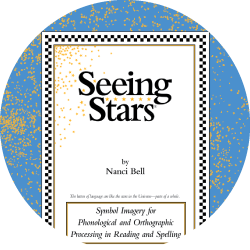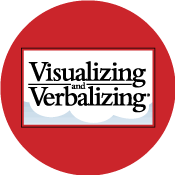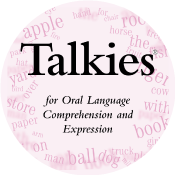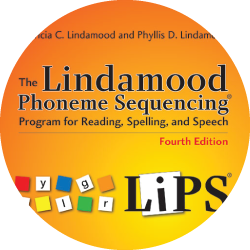Dual Coding Theory
Definition:Dual Coding Theory is a cognitive concept that suggests humans have two distinct systems for processing information: one for verbal or linguistic data and another for visual or non-verbal data. The interplay of verbal and nonverbal (imagery) information
enhances comprehension, problem-solving, critical thinking,
and all learning outcomes.
The principles of Dual Coding Theory focus on presenting information in both verbal and visual formats to improve comprehension and long-term memory. Engaging both the verbal and visual channels allows individuals to encode information more effectively, leading to better understanding and recall.
The applications of Dual Coding Theory are vast, particularly in educational settings. Educators can use visualization and mental imagery to support learning and help students grasp complex concepts more easily.
Research supporting Dual Coding Theory has shown its effectiveness in improving learning outcomes across various subjects and age groups. Studies indicate that integrating dual coding techniques in teaching can lead to higher retention rates and better comprehension.
Discover More About
Lindamood-Bell's Approach to Learning
EXPLORE OUR APPROACH




Evidence-Based Programs Are Our Foundation


Seeing Stars: Symbol Imagery for Phonological and Orthographic Processing in Reading and Spelling (SI)
LEARN MORE


Visualizing and Verbalizing for Language Comprehension and Thinking (V/V)
LEARN MORE


Talkies: Visualizing and Verbalizing for Oral Language Comprehension and Expression (Talkies)
LEARN MORE


Lindamood Phoneme Sequencing® Program for Reading, Spelling, and Speech (LiPS)
LEARN MORE


On Cloud Nine: Visualizing and Verbalizing for Math (OCN)
LEARN MORE





